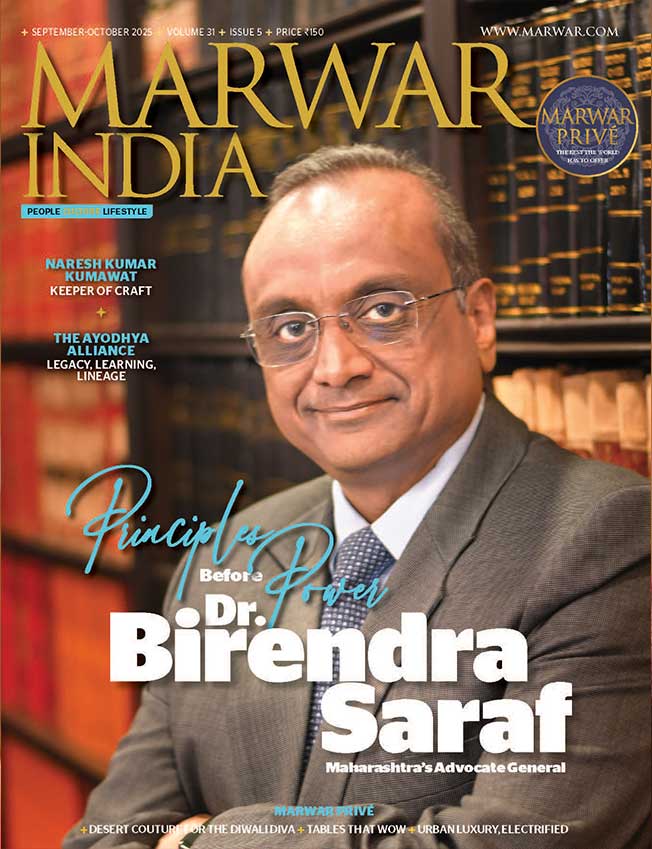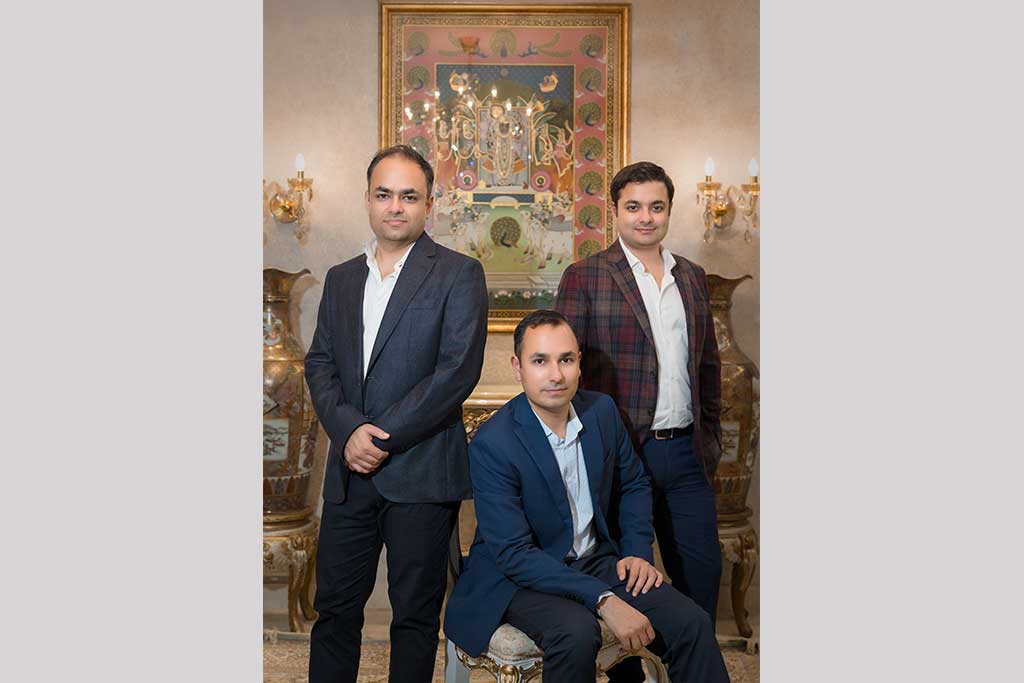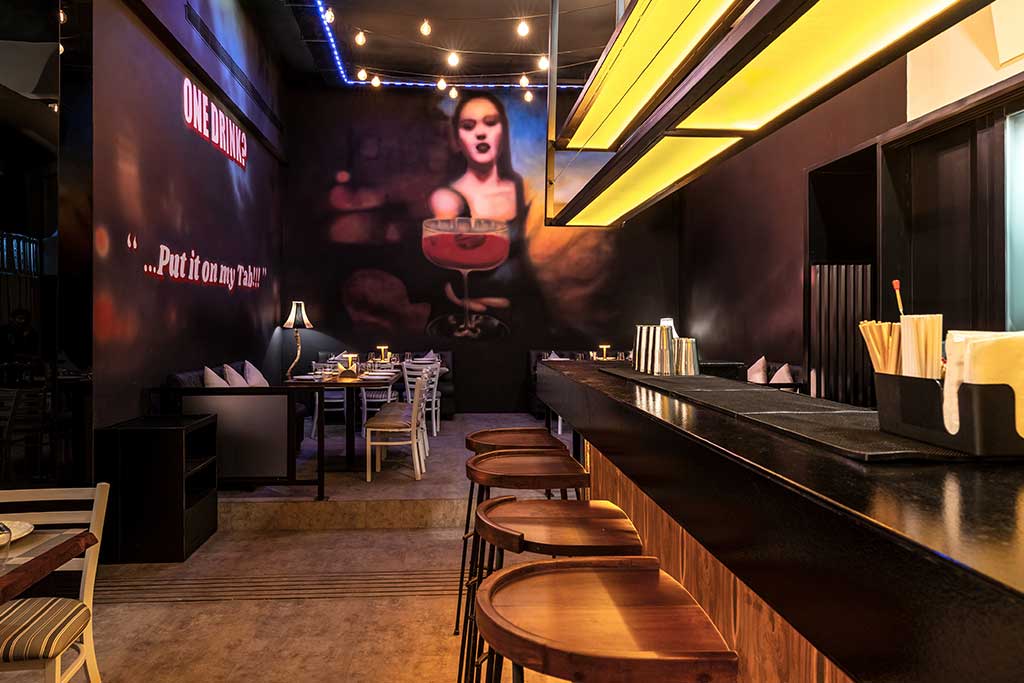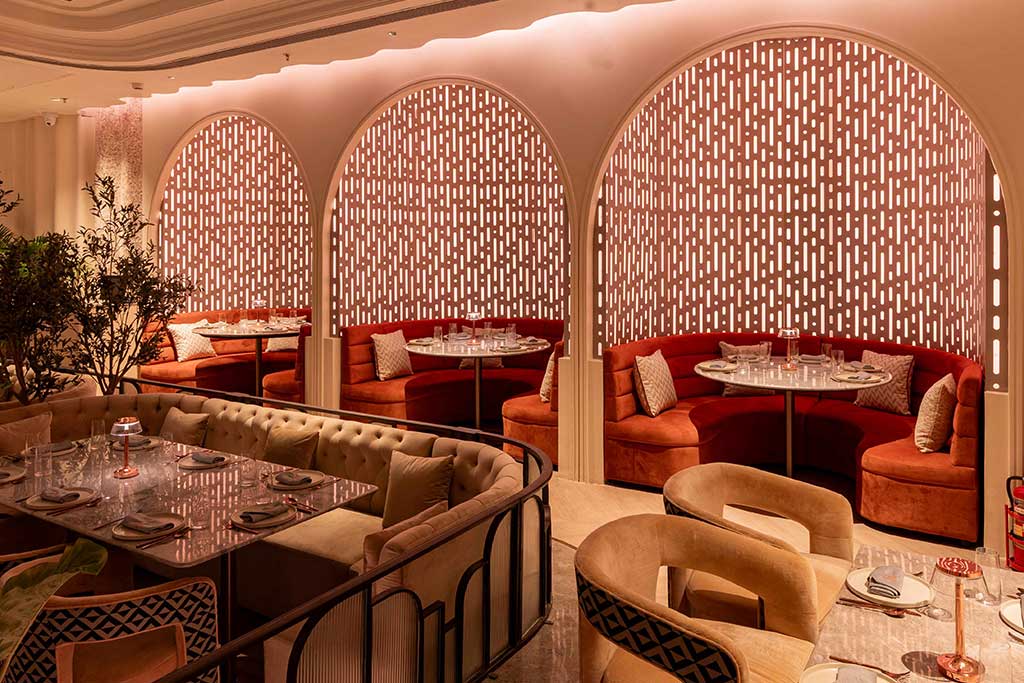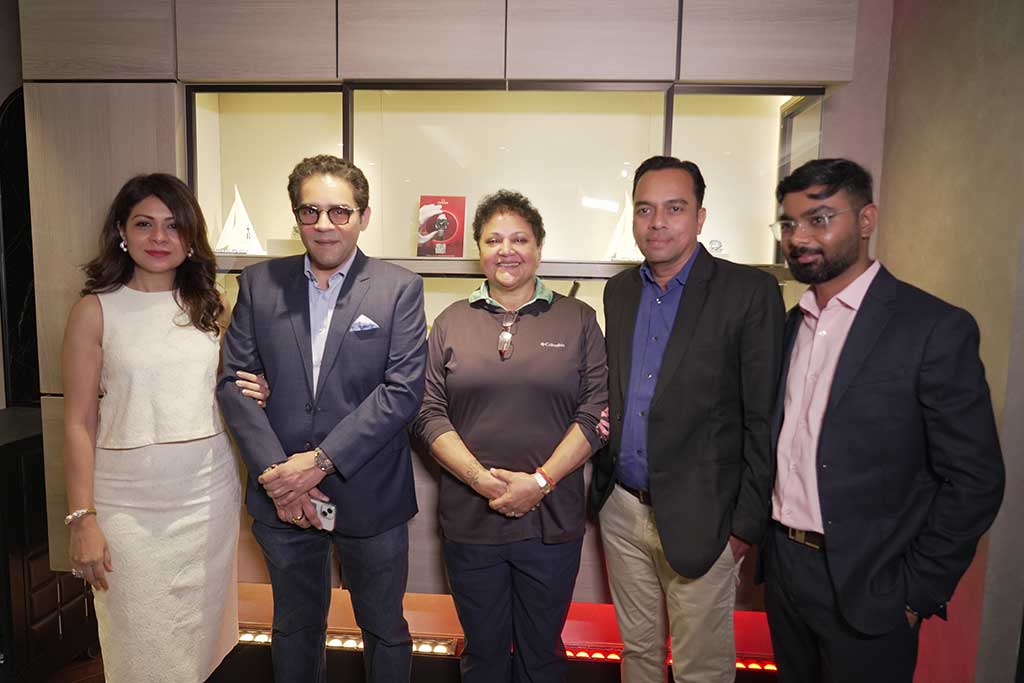An excerpt from Getting Dressed and Parking Cars: The Magical Story of Building a Gaming Company by Alok Kejriwal
The book Getting Dressed and Parking Cars: The Magical Story of Building a Gaming Company is an adrenaline-charged, minute-to-minute, nail-biting business adventure of Alok Kejriwal’s fourth entrepreneurial venture— Games2win. It has been creating car parking and dress-up games online with the aim of becoming India’s most successful casual gaming start-up in the global market.
Each chapter in this book captures Alok’s real-life experience of building, scaling and routinely failing in his venture. The book throbs with adrenaline as Alok thrills readers with stories of his website traffic vanishing in thin air, his games getting stolen, his arrest and his partner’s amazing creation of ‘invisible’ ads. Getting Dressed and Parking Cars is not a book glorifying a successful start-up but a journey of business adventures that celebrates the spirit of ‘starting something’. It is a playbook for professionals and entrepreneurs to create something new.
excerpt from the book: Chapter 3
MDP—Minimum Dhandha Product
The start-up world is familiar with a popular concept called the ‘minimum viable product’, aka MVP (popularised by the book The Lean Startup). Eric Ries*, the author of the book and pioneer of the lean start-up movement, describes a minimum viable product as: ‘[the] version of a new product which allows a team to collect the maximum amount of validated learning about customers with the least effort.'
The concept of MVP helps you plan and launch a new product—or service that is as basic as possible—with minimum frills and extras, using the least investment. The idea is to determine if the service or product is useful, and then build on it or ditch it.
My version of the MVP is the minimum dhandha (business) product or MDP.
I have used it successfully to decide if I want to start a business or not.
What is MDP? How does it work?
It’s simple. After establishing the why, I examine three questions while evaluating a new venture:
- Can this venture become a substantial business (achieve scale)?
- Can I do this business differently versus others in the market (establish differentiation)?
- Will this business earn plenty of profit?
If each of the three questions results in a strong ‘yes’, I consider starting that business.
To drive home how stringent this model is, only two of the hundred concepts I’ve put to the MDP test have come through as positive for me so far. That’s a success rate of 2 per cent.
Let me share a real-life MDP case to explain this concept better.
After graduating in 1990, I worked in my father's socks factory for about eight years. The company (Hindustan Hosiery Industries) was an old, established business, and I had the opportunity to regularly meet many influential wholesalers, dealers and retailers from India’s ready-made textile trade.
Three years after I had settled in, some traders began to urge me to start a ready-made jeans business as a new brand. Jeans were a new rage in India and were fast igniting the imagination of the youth.
While famous brands such as Levi's, Wrangler and Flying Machine served the higher end of the market, there was great demand for well-designed yet far less expensive brands. That was the opportunity (or at least an assumed one).
The traders sold me a vision—our socks company was well established and did regular business with the hosiery market, we had hundreds of authorised dealers across the country, we had been in business for over twenty years and had a solid reputation for making quality goods. So, adding a new business line of jeans would be easy and complement our ready-to-wear socks business. These folks even promised to order a large ‘inaugural’ shipment to prove their belief and commitment.
I calculated that a pair of jeans costs at least fifteen times more than a pair of socks, and if l could get this new business line started, then I would surpass my father’s socks business turnover almost overnight!
As the traders’ pitching gathered momentum, I decided to test the business case myself.
To make this a swift, efficient exercise, I promised to spend just a week to arrive at my verdict—should I launch the business of ready-to-wear jeans? I had to come to a clear yes or no.
I began in earnest on a Saturday morning and actioned my MDP methodology.
As step one, I got in touch with several small factories and processors who made jeans for small- to medium-sized brands as contractors. These were typical business to business operators. They manufactured jeans for brands and also sold products under their own brand name. They agreed to meet with me.
I investigated the first question.
Can this become a large business (scale)? The small manufacturers echoed what the traders had been telling me. ‘Sir, with your brand and finances, you can do a large national business with jeans,’ they said.
I moved to the second question of the MDP framework. Can I do this business differently versus the others in the market (differentiation)?
To get my answer, I drove to many of the factories and processing units of the manufacturers I had spoken to and studiously noted down what they were producing. I understood how shades, styles, different qualities, of denims and treatments were being deployed to serve diverse consumer segments.
One aspect that caught my attention was the new rage of ‘stone-washed’ jeans. In large washing machines, jeans were washed with stones to give them the stone-washed feel, look and even occasional tear.
I was confident that I could innovate on the treatments and even thought of shooting holes through jeans and selling them as ‘bullet-proof’ jeans as a novel concept!In a short time, the answer to my second question was, ‘Yes, I could do this business uniquely versus the competition’.
All that remained was answering question three. Will this business make profit?
Before visiting the different units, I bought a small pocket diary (the spiral-bound type that fits in a front shirt pocket). As I began touring, I wrote down the sales price of the different kinds of jeans each manufacturer was producing. The sales price was the net price after discounts, dealer commissions and returns.
As I visited factory after factory, I noted the cost of raw materials, labour, dyes, electricity, overheads, etc., for each type of jeans being produced. I listed in my diary every unique unit I visited, with the sales price and associated costs of that product audited by myself.
After a long dreary day, I reached home, showered and was treated to a grand dinner. A while later, I whipped out my diary and began to deduct the costs of each of the jeans I had studied from their sales price that I had neatly noted.
I was shocked by my calculations. Most of the jeans I had studied barely earned a meagre five or seven per cent profit. Some, including the stone-washed range, lost money! I chuckled to myself when I thought about the cost of shooting bullets through jeans and how unprofitable that idea would have been!
Then why were these manufacturers still doing this business? I assumed the entrepreneurs had just resigned themselves to meagre profits and kept producing, hoping that ‘things will get better’ (a typical entrepreneur dream). They might have started the business on an impulsive whim rather than a thorough analysis.
The answer to the third question in my MDP framework came swiftly: this was a perfect example of a hyped-up business with minimum or almost zero profitability. While the traders and intermediaries would make their margins, the manufacturer (which is what I was planning to become) would be the loser.
By the time I hit the bed, I had ditched the idea of being a jeans manufacturer. My MDP framework had done a fabulous job!
Fast forward a decade later, to the questions of starting a mobile games company.
When the idea of a pure gaming company crystallised, I had to use the MDP methodology.
Would MDP ratify my theory?
The only way to find out was to put it to the test, and that is what I did next.
Recent Posts
Discover Your Perfect Honeymoon in the Maldives
For Indian couples embarking on their journey of togetherness, the Maldives has long held an almost mythical allure - a tapestry of turquoise
Jewels Fit For Generations : The Nemichand Bamalwa Story
Since 1987, Nemichand Bamalwa Jewellers has been more than just a name; it is a legacy of trust, craftsmanship, and innovation.
Welcome to "What's Your Plan?"
This vibrant social hub by DJRS Hospitality blends chic vibes with gourmet bites,
Rajasthan’s Crafty Fashion Takeover
Rajasthan, India’s desert jewel, is a repository of exquisite and time-honoured crafts.
‘Mercii’ Beaucoup, Mumbai!
Stepping into Mercii at 81 Crest, Khar, feels like entering a world where gratitude is plated with every exquisite bite.
Game. Set. Watch: Omega Celebrates Smriti Mehra
Luxury Watch Boutique Time Avenue, Mumbai, in collaboration with Omega, hosted a special event to honour none other than Smriti “Simi” Mehra,
Sand, Sea & Sky - High Thrills
Whether you’re soaking in serene natural beauty or diving into extravagant fun, the UAE offers the perfect setting for an unforgettable family getaway.
Dr. Anuja Luniya Shows You How to Stress Less, Live More
Meet Dr. Anuja Luniya, physiotherapist by degree, stress strategist by passion, and your go-to guru for turning everyday chaos into calm.
Breitling's 140th-Anniversary Vintage Watch Exhibition: An Unmissable Showcase
The Breitling Heritage Exhibition, a remarkable showcase of the brand’s most iconic timepieces from its 140-year history, has been on an extensive global tour with 55 stops across four continents.
Dawn to Dusk with Sidhart Pansari: Steering Primarc's Legacy into the Future
We follow the dynamic director of the fastascendant Primarc Group
4 Perfect Getaway Resorts Near Mumbai
For those looking to break away from the urban bustle, India's hidden nature
48 Hours In Canberra
Canberra is a vibrant city with a rich culture, awe-inspiring natural landscapes, adventure-filed activities, and hospitable locals.
Understated Power
In the charming town of Shillong, Meghalaya, golf is more than just a game—it's a family affair for Gaurav and Lakshya Bajaj.
Understated Power
The Lexus LX500d is a rare sight on the roads, and this exclusivity is where its distinctive charms resides.
The Money Manager
Engaging young, ambitious, tech-savvy successors to manage family wealth is a rising global need among the super-rich.


